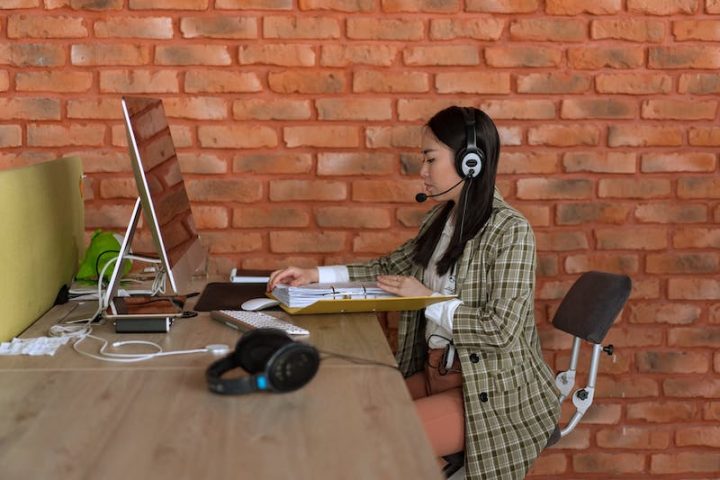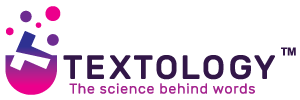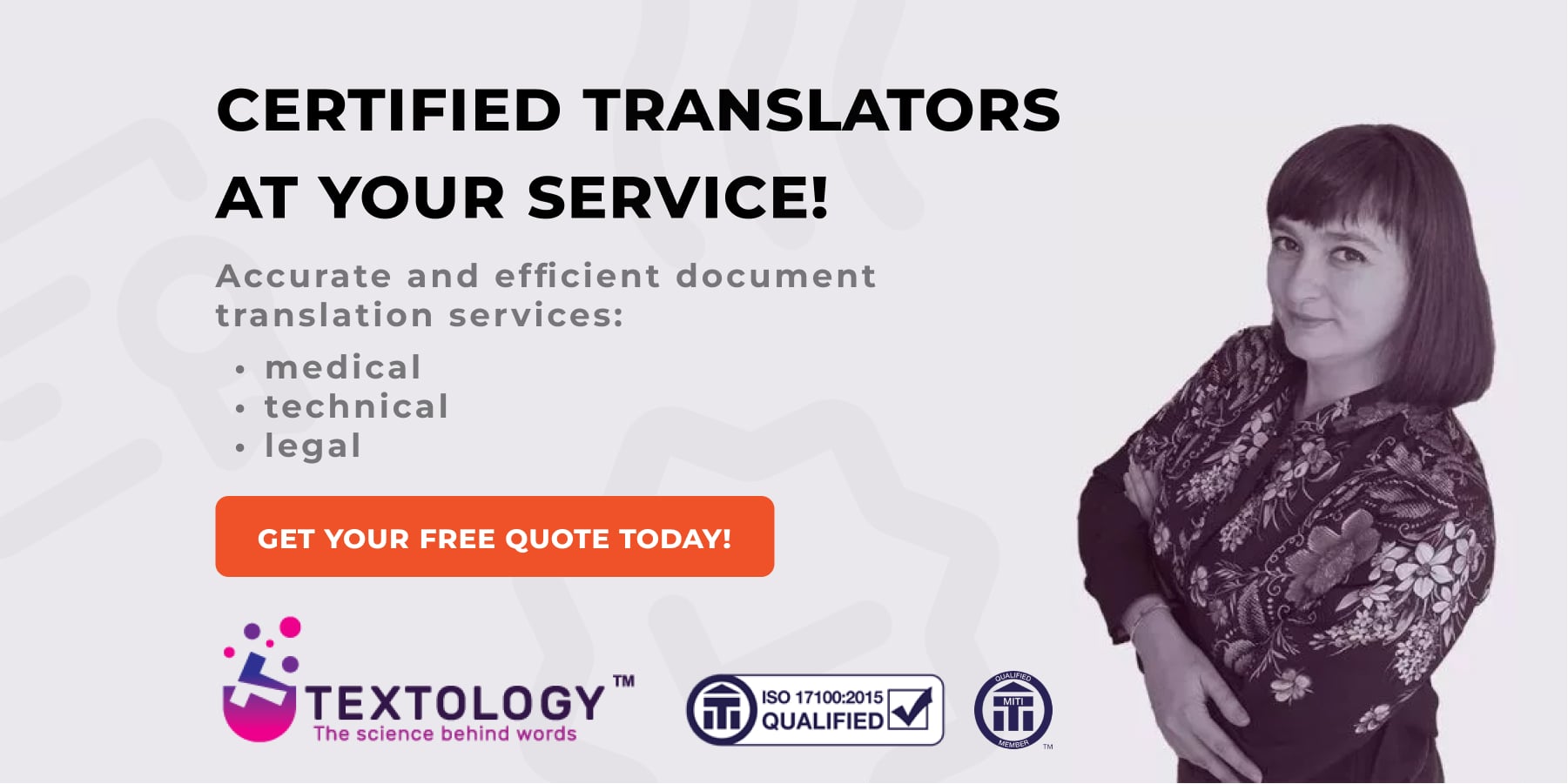
Technical document translation is something that is necessary for multiple fields. Any errors in the translated text can lead to serious consequences. How to avoid that? How to prepare a technical documentation for translation? How to make sure that documents are translated accurately? We will try to answer this in a few paragraphs below.
What is technical document translation?
Technical translation is specialised translation of texts or documents that are related to both science and technical industries. Typical examples include automation, mechanical engineering, electrical engineering, metallurgy, manufacturing, mining, chemical technology etc.
Technical information includes topics such as science, technology and medicine (in some cases). We can guess easily that this kind of translation is not the easiest one – actually, it’s very complex and demanding due to the technical nature of the content.
Who translates technical documents?
Professional translators translate technical documents in a way that they convey the written document into the target language. At the same time, they keep the country-specific technical equivalences. It’s a job for people with a huge knowledge, excellent language (and technical writing) skills and years of expertise.
Those people can also navigate in the given industry efficiently. It is important because each industry has its own vocabulary with specific words and phrases. The person who translates technical documents has to know the terminology of both the source and target language.
Translators help private individuals as well as businesses. People using the services of technical translation are provided with the most precise translation of technical documents from one language to another. There are many reasons to use a technical translation service! TEXTOLOGY is definitely one of the best technical translation services.
Which technical documents need to be translated?
There are many documents that require technical translations. Here are some of them worth mentioning: specialised reports, software user guides, training materials, safety data sheets, CAD documentation, electronic product catalogues, e-learning materials and much more.
Preparing a technical documentation for translation – step by step
People all around the world speak English but only experienced translators are able to manage translating technical documents. The best quality information sensitive translations are really desirable because their message is conveyed properly. Nothing gets lost in the process!
It’s possible to prepare a technical documentation in a few steps. First of all, you have to submit your documents to a translation company. At this stage, the translation is initially evaluated. When the client accepts the proposal, the process of translation can begin. Let’s see what the process of technical translations looks like!
Analysis
Translators start their work with reading the document in order to determine the context, tone and register. The majority of technical documents are neutral in tone. When it comes to the register, it’s sometimes formal and scientific and sometimes it’s less formal – easily understandable to the public. Determining is crucial because it allows the translator to understand the source text better.
Comprehension
The second step takes quite a long time and is to thoroughly comb through the text. Documents have to be fully comprehended to be translated properly. Professional translators are capable of catching everything which could help them convey the meaning precisely into the target language. At this point, translators do research to be well-informed and to make sure that translation is as good as it can only be.
Translation
After the preparation phase with gathering information, time has come for the proper translation. Translators deal with the specific technical terms on a daily basis but still it’s challenging for them to come up with new ways to say/write certain things. They do it all in the name of conveying the message properly. They keep up with ethical codes and laws.
They use translation memory and machine translation software. Translation memory is a database which is used for storing some paragraphs, sentences, headings, titles etc. – previously translated parts. It doesn’t focus on single words because they can have different meanings depending on the context.
Revision
This is not the end of the process – after translating documents, the translator has to revise even the highest quality translation. Sometimes, the documents can be checked by translators who were working on them. However, translation companies usually hire reviewers who verify effectively the accuracy of the information contained in translated documents.
This step is key because any mistranslations may be harmful, especially in medical texts. Thanks to a specialised software, reviewing may become much more efficient due to the possibility to compare source text and its translated equivalent. After reviewing everything, when the document is ready and translators are sure that the text is free of any inaccuracies – it can be shown to the client. When the client accepts the final work, the process is finished.

Translating technical documentation – take advantage of it!
Do not hesitate to use services of translating technical documentation. Feel free to contact us. Ordering a good technical translation which doesn’t really feel like a translation but more like a text specifically written for a target audience is something you won’t regret. We’re waiting for you in TEXTOLOGY! We can calculate the estimate for you – ask for a free quote here.

